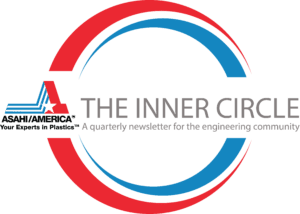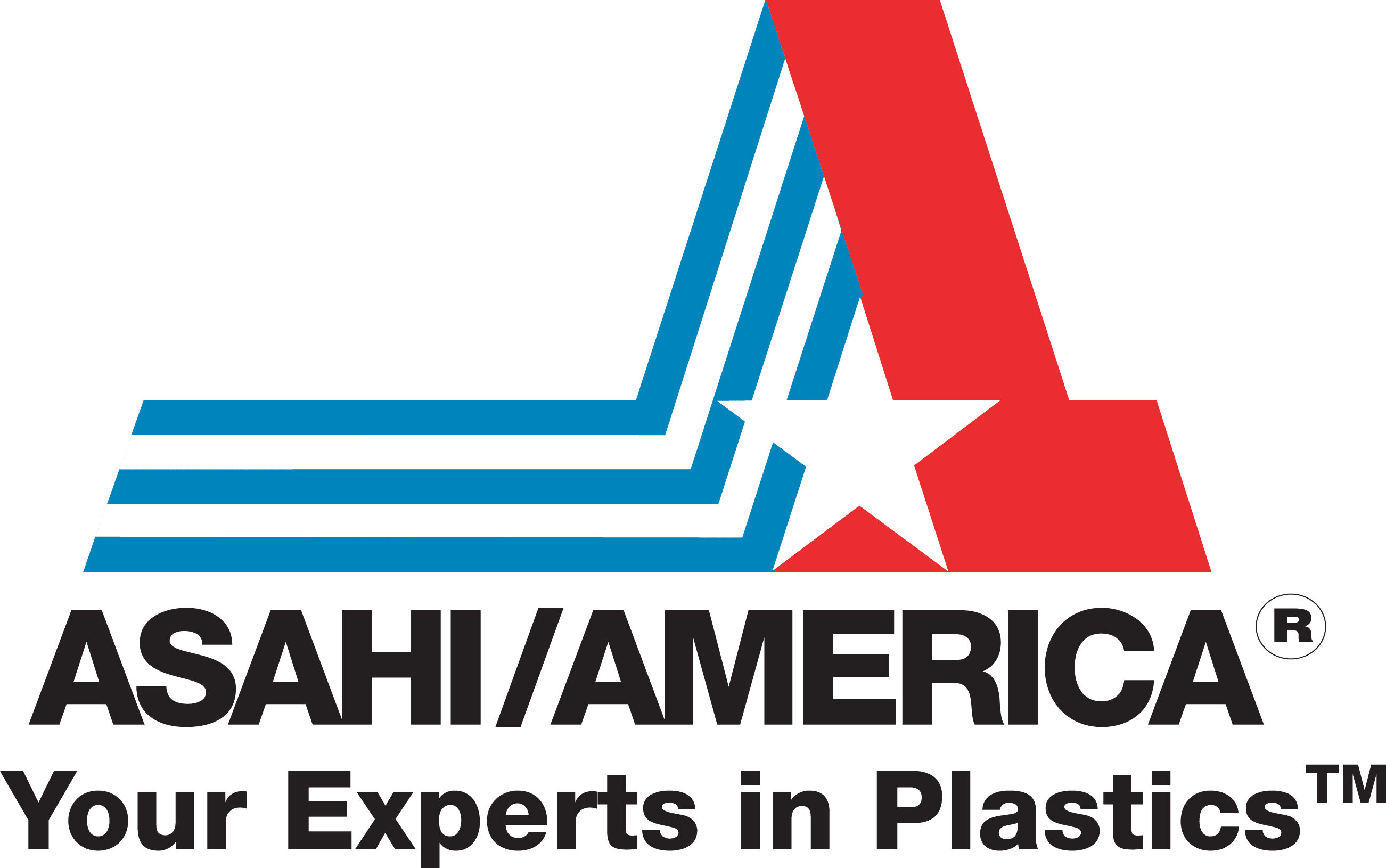May 1, 2024
An Overview of Infrared (IR) Welding
Contributed by Max Bellomy, High Purity Product Engineer
 Infrared (IR) welding is a non-contact method that uses a heated plate to melt thermoplastic pipe, valves, and fittings before joining. The welded components are heated at a prescribed distance from the heater plate for a precise time to ensure optimal temperature is achieved, after which the components are brought together under pressure and allowed to create a homogeneous weld joint.
Infrared (IR) welding is a non-contact method that uses a heated plate to melt thermoplastic pipe, valves, and fittings before joining. The welded components are heated at a prescribed distance from the heater plate for a precise time to ensure optimal temperature is achieved, after which the components are brought together under pressure and allowed to create a homogeneous weld joint.
The advantages of IR welding over other methods, particularly for high purity applications, are numerous. Additionally, the automated nature of the AGRU SP-Series of welding tools provides additional benefits, ranging from consistency to increased traceability.
- Non-contact heating results in zero material contamination from the heating element to the pipe materials. This means there is less opportunity to introduce contaminants into the system.
- The precise heating recipe makes for very small internal weld beads in the piping system. Consequentially, there is less room for biofilm or bacterial growth in the areas that do not see turbulent flow.
- Automation: The IR welding process on the AGRU SP-Series of tools is largely automated. The machine fully performs planing, heating, joining, and cooling, reducing the opportunity for user error and ensuring the process is precise and repeatable to the exact system parameters. This means:
- Each weld should be identical and to specification. When all welds look the same, it is easier to identify any edge cases where outside influence may have had a negative impact on the weld quality.
- The precision and speed of the automated tools increase weld reliability, especially on materials where the temperature range to create good welds is narrow and the transition window between the heating and joining phases is short. In particular, IR tools are typically recommended for welding of ECTFE for maximum weld quality. Additionally, this can be helpful when welding double containment systems where custom parameters can be created for any desired size combination.
- Automated joining allows for “force-controlled” welding, where the exact joining force between the two components is constantly monitored and adjusted as needed. If excessive force is applied during the joining process, there is a risk of squeezing too much of the molten material from between the components, which can result in a “cold weld.” Cold welds are characterized by a portion of the components being joined physically but not actually bonded in this location. Using force-controlled technology, the SP-Series of IR tools can reduce the risk of these joints occurring.
A critical component of a successful IR welding program is weld traceability and QA/QC metrics.
As each weld is performed, the SP-Series of IR welding tools continuously monitors and logs welding data such as temperature, force, and melt loss. This data is compared to the programmed range of acceptable values. Not only will the tool reject welds that have deviated from the parameters, but the data for each weld is stored in the tool.
After the weld is completed, the tool will print a series of labels to identify the weld, including a serial number and a “Weld OK” designation. These labels are typically applied to both the spool assembly near the weld and the associated weld map.
By linking the serial number on the weld label to the weld data, which can be exported from the tool into a PDF or standalone weld database, the parameters and tool performance during the weld can be reviewed at any point in the future.
While the tools themselves serve as the first line of defense against bad welds, it is imperative to have a robust QA/QC process for inspection once the weld is complete.
Typically, QA/QC inspectors undergo a special weld inspection course provided by the manufacturer. This course covers the fundamentals of IR welding, the joining process, and how to visually evaluate weld quality through bead inspection.
In most cases, a weld bead should be symmetrical in both shape and dimension. Published values exist for the overall bead width of the IR Weld in all sizes and materials, which allows for a quantitative evaluation of the weld.
By pairing the advanced automation and monitoring of the SP-Series welding tools with a solid QA/QC inspection program, it is possible to install piping systems with tens of thousands of IR welds and be completely confident in both the reliability and purity of the system.
